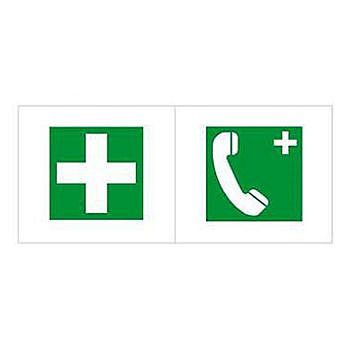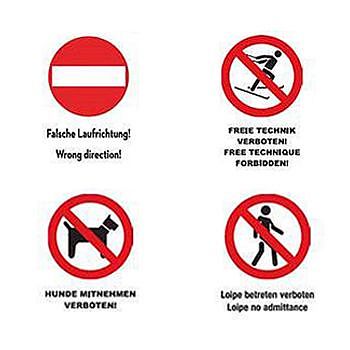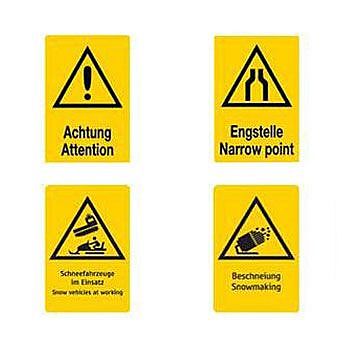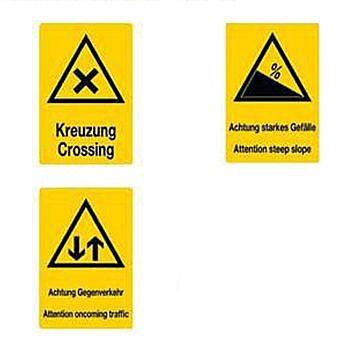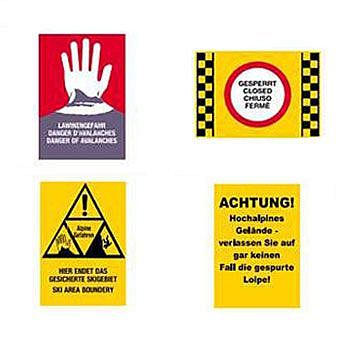On the trail
Rules of conduct
It is important to us in Kaiserwinkl that all our visitors can enjoy their stay with us. That's why we have set up a few rules to guarantee fun on the cross-country trails for everyone - regardless of ability, experience and age:
What do I need to pay attention to?
- Consideration for others - Each cross-country skier must behave in a manner that does not endanger or harm another.
- Signalization, running direction and running technique - markings and signals (signs) must be observed. On cross-country trails, run in the indicated direction and running technique.
- Choice of lane - On double and multiple lanes, skiers must skate in the right lane. Cross-country skiers in groups must skate in the right lane one behind the other. When using the free running technique it is to run on the right side of the track.
- Overtaking - Overtaking is only allowed on the left. The runner in front does not need to take evasive action. However, he should take evasive action if he can do so safely.
- Oncoming traffic - In case of encounters, everyone has to give way to the right. The departing cross-country skier has priority.
- Stick Guidance - When overtaking, being overtaken and during encounters, the sticks are to be guided close to the body.
- Adapting speed to conditions - Every cross-country skier must adapt his speed and behavior to his ability, the terrain conditions, traffic density and visibility, especially on downhill stretches. He must keep a sufficient safety distance from the runner in front. If necessary, he must drop to avoid a collision.
- Keeping the track clear - If you stop, you step out of the track. A fallen cross-country skier must clear the track as quickly as possible.
- Assistance - In case of accidents, everyone is obliged to provide assistance.
- Duty to provide identification - Everyone, whether a witness or a participant, whether responsible or not, must provide their personal information in the event of an accident.
- Night cross-country skiing ban - In the period from 17:30 - 07:00 use of the trails is not allowed. Maintenance work carried out during this period may be disturbed by night cross-country skiers. In addition, wear marks freeze overnight and deteriorate the quality of the trails. Due to such cross grooves, accidents have unfortunately occurred several times in recent years.
Cross-country ski trail signage
What do the signs mean?
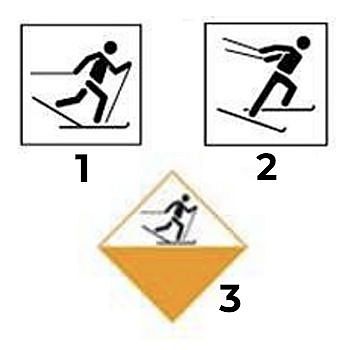
Classification according to type of use
1. cross-country trail for the classic technique:
The classic technique trail must be prepared and groomed. Downhill sections with changes of direction that could pose a danger to the user must be prepared but not groomed. With the exception of uphill and downhill sections, classic technique trails may only be used with parallel skis. The right-hand lane must always be used to facilitate overtaking. Single-track trails are only to use in one direction.
2. free technique track:
Free technique tracks may be used in any direction, provided they are wide enough, but the right-hand side of the track must always be used.
3. cross-country skiing route:
On cross-country skiing routes, the type of use may be freely chosen.
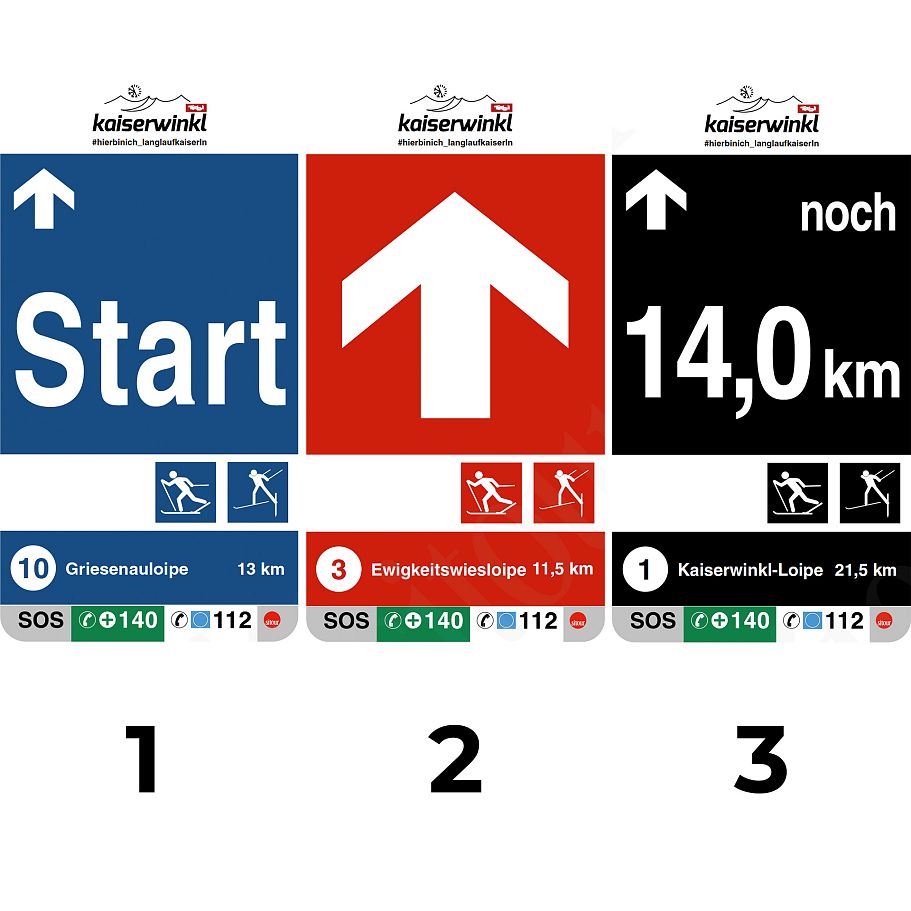
Classification of the levels of difficulty
1. easy trail (marked blue):
Easy trails are predominantly flat trails whose ascent and descent sections may not exceed 10 % longitudinal gradient - with the exception of short sections in open terrain. They are to be marked in the colour BLUE. The downhill sections of easy cross-country ski trails for the classic technique must be manageable in their entire length and must not force the cross-country skier to actively change direction.
2. medium difficulty trail (marked red):
Moderately difficult trails are trails that run predominantly in undulating terrain and whose ascent and descent sections may not exceed 20 % longitudinal gradient - with the exception of short sections in open terrain. They are to be marked in the colour RED. Downhill sections of medium-difficulty classic technique trails may contain curves that cause the skier to actively change direction.
3. difficult trail (marked in black):
Difficult trails have longitudinal gradients on both the uphill and downhill sections that exceed the maximum value for medium difficulty trails. They are to be marked in the colour BLACK.
